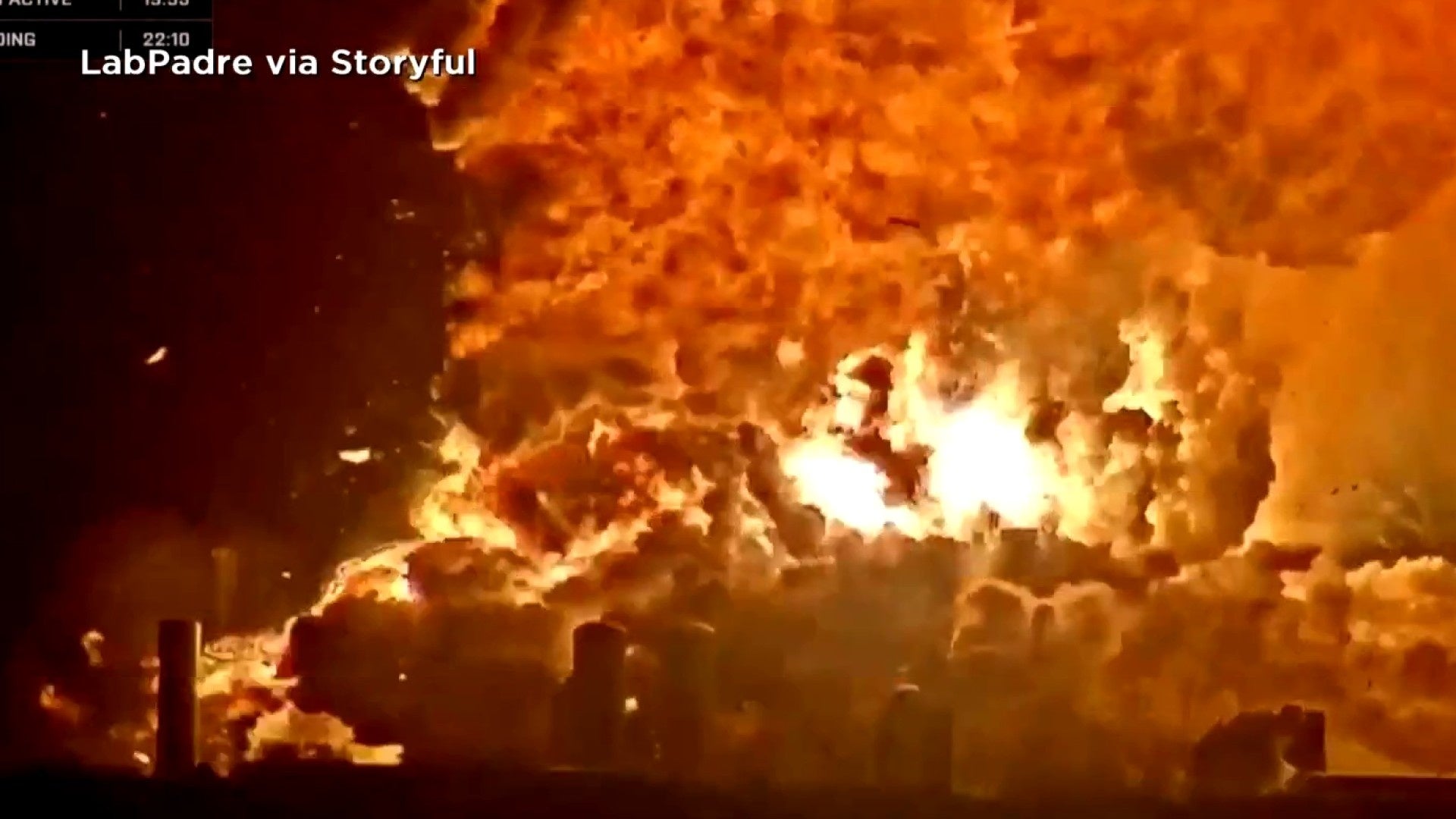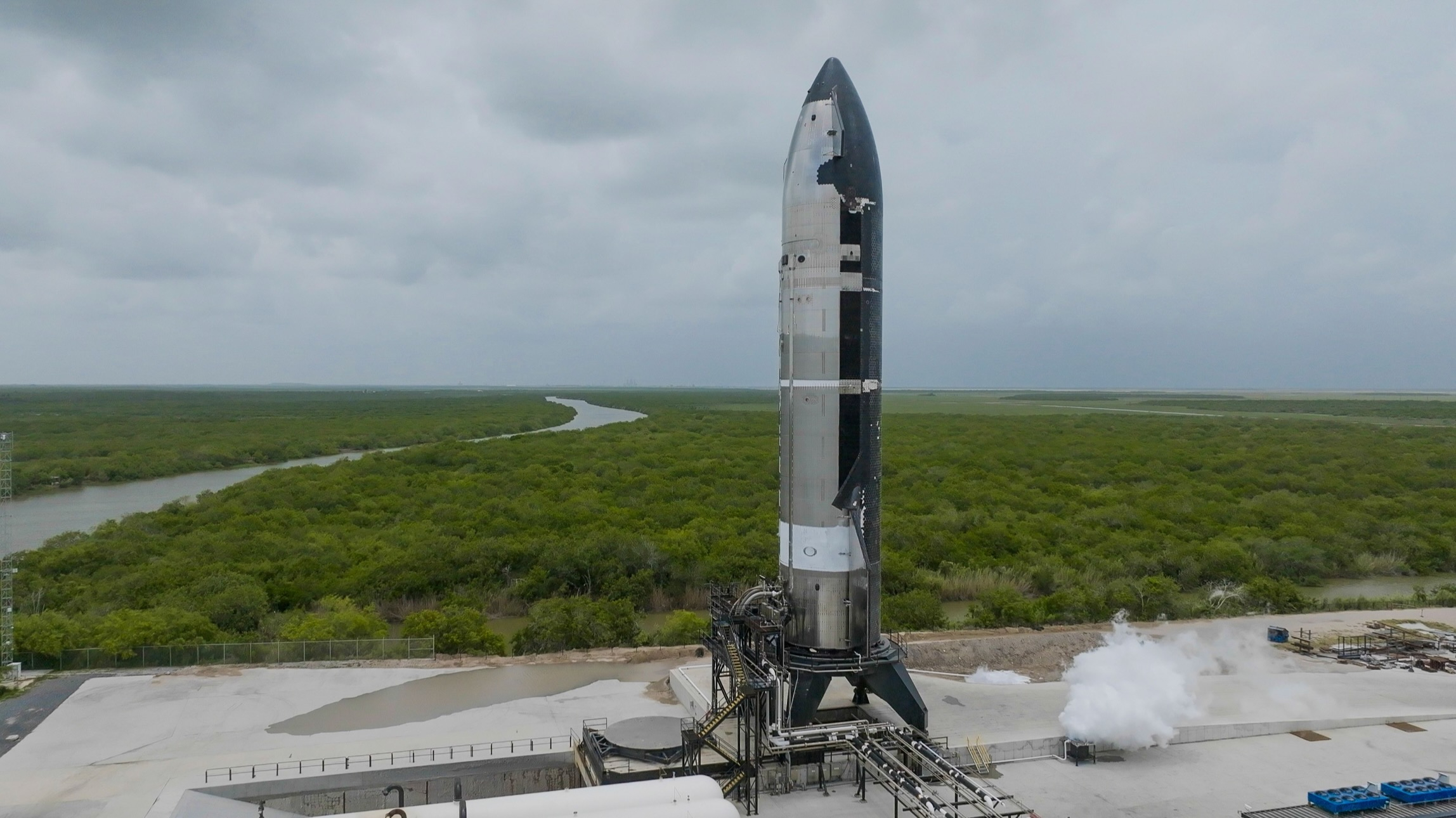The Headline
Starship explosion caused by COPV failure; safety coordination underway
Key Facts
- The latest Starship explosion in Texas was traced to the failure of a composite overwrapped pressure vessel (COPV) during flight test preparations, according to SpaceX.
- The COPV is a pressurized tank containing gaseous nitrogen located in the rocket’s nosecone area.
- SpaceX confirmed no commonality between the COPVs used on Starship and Falcon rockets.
- The explosion caused total loss of Starship and ignited several fires at the test site.
- SpaceX confirmed no injuries and all personnel are safe and accounted for.
- SpaceX is coordinating with local, state, and federal agencies on environmental and safety impacts.
SpaceX is coordinating with local, state, and federal agencies, as appropriate, on matters concerning environmental and safety impacts.
WKMG
The incident was the latest in a series of setbacks for Starship upper stages.
Space
1

